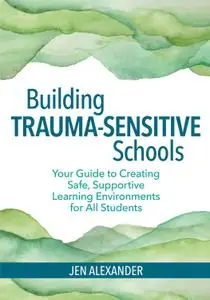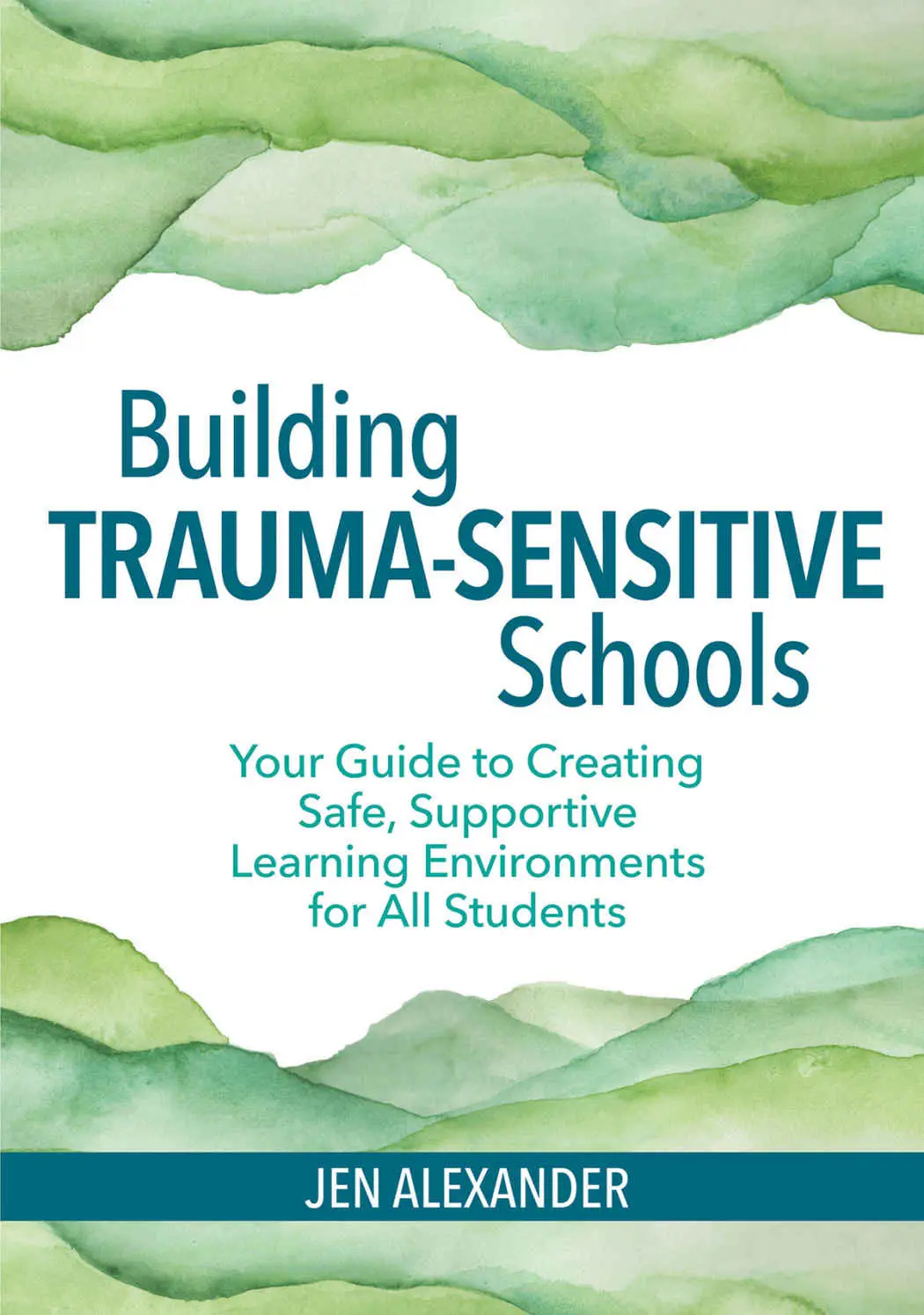Building Trauma-Sensitive Schools: Your Guide to Creating Safe, Supportive Learning Environments for All Students
Brookes Publishing | English | 2019 | ISBN-10: 1681252457 | 248 pages | PDF | 2.97 MB
Brookes Publishing | English | 2019 | ISBN-10: 1681252457 | 248 pages | PDF | 2.97 MB
by Jen Alexander MA NCC SB-RPT (Author), Carol Hinrichs (Illustrator)
In the United States, at least one in four youth experiences trauma severe enough to negatively affect their school success.* Give hope and help to these students with this reader-friendly how-to guide, your springboard for building responsive, trauma-sensitive preK–12 schools.
Drawing on her extensive experience as a school counselor, trainer, and mother, trauma expert Jen Alexander delivers a comprehensive framework for building a safe, supportive school environment that helps all students learn and thrive. You'll start with an evidence-based introduction to the profound impact of trauma on a child's development, attachment, and behavior. Then you'll get an effective multi-tier system of support (MTSS) for developing a trauma-sensitive learning environment, including both universal strategies (Tier 1) and more intensive interventions (Tier 2 and Tier 3) for students who need more support. Compelling anecdotes and sample scripts illuminate challenges and solutions, and the included forms and worksheets are valuable tools for helping educators build the mindset and skills necessary for becoming trauma-sensitive. With this engaging, highly practical guide to what works and why, your school team will gain insights and develop action plans that make a real difference in the lives of all kids, including our most vulnerable youth.
DISCOVER HOW TO:
make five key shifts in the way you view and approach students, so that you’re better equipped to support them
work together to prioritize resilience by actively putting relationships first in your school
implement universal instructional strategies that foster safety, connection, regulation, and learning for all students
use special supports, supplemental instruction, and coaching when universal strategies aren't enough
collaborate effectively with families and colleagues to meet each student's needs
incorporate restorative discipline practices that focus on restitution, not retribution
create a personalized self-care plan to promote wellness and reduce the effects of job-related stress
PRACTICAL MATERIALS: Creative activities for teachers, powerful case stories, sample dialogues and scripts for educators and counselors, reflection and brainstorming worksheets, downloadable forms, and templates and handouts for use with students.
Build resilience by helping all students
Feel safe
Be connected
Get regulated
Learn
* National Child Traumatic Stress Network Schools Committee, 2008
About the Author
Jen Alexander believes we can make a positive difference in the lives of students, one relationship at a time. That's why she's a passionate leader in the movement to build trauma-sensitive schools. Known by children and adults alike as "Ms. Jen," she loves helping kids—and giving others the tools and strategies they need to help kids, too.
As a former special education teacher and current school counselor in Iowa, Ms. Jen has more than 15 years of experience providing support to young people and the educators who serve them. As a popular teacher trainer, trauma expert, and author, Ms. Jen shows fellow educators what works and why when it comes to building trauma-sensitive schools. With a unique ability to connect with students, educators, other helpers, and parents, Jen is devoted to facilitating school-wide trauma-sensitive transformation through effective professional development paired with school consultation Within minutes of working with her, educators know they are learning from someone who understands the real struggles of every day teaching and learning—and believe that change benefiting educators, students, and entire school communities is possible



